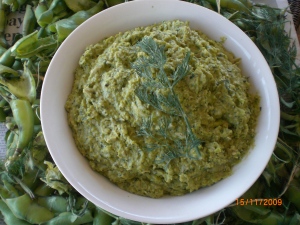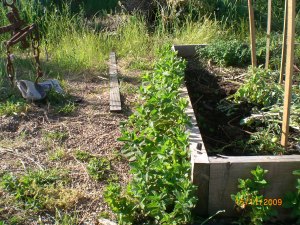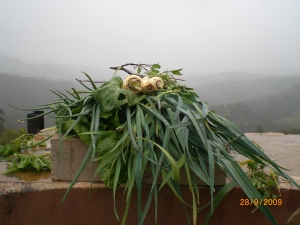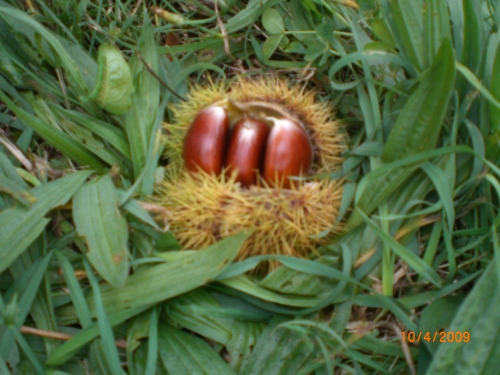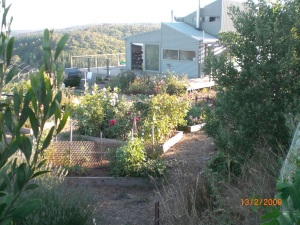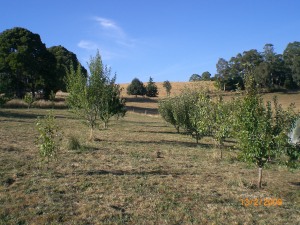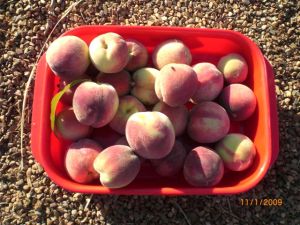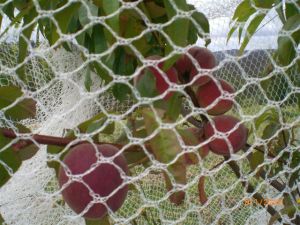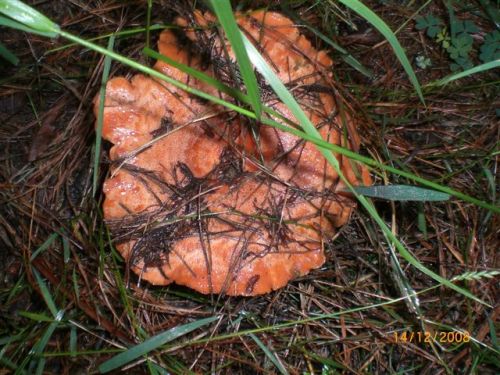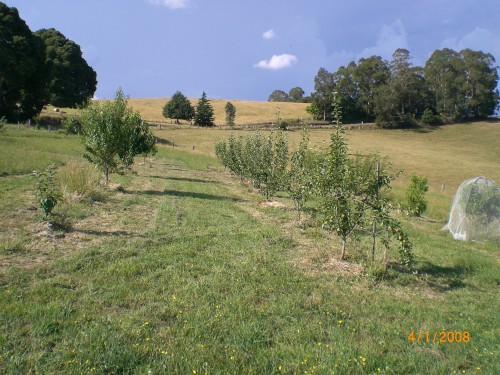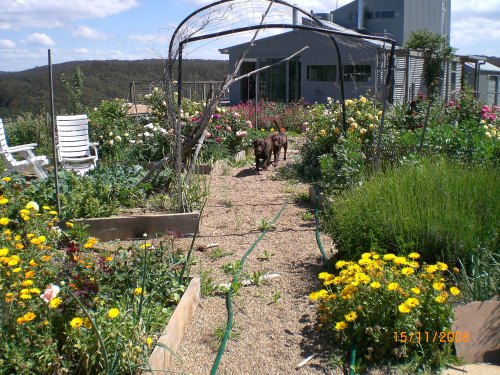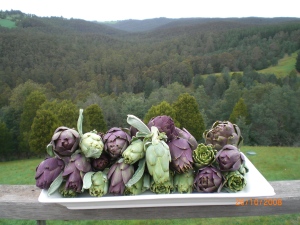If, like me, you love winter, 2010 has been a vintage year in this soggy corner of Victoria. At Icy Creek, however, even I’ve been starting to hanker for some warmer weather. And a week into October we finally got some – that is, before an Antarctic blast blustered up from the valley below us last weekend.
Spring has been slower to settle in than in previous years, but the jostaberry bushes are finally in bloom. As the plants themselves are still growing (quite vigourously too in the last year) and still very unusual in Australia (I’ve never seen the fruit on sale in any market) this is, by default a rare sight, even if not a particularly spectacular one.
Meanwhile, the blackcurrant flowers (below) are, to use an inappropriate yet strangely apt metaphor, are proving to be one of nature’s red herrings. Weirder still when you factor in that these are one of the jostaberry’s parents. The other is the gooseberry.









